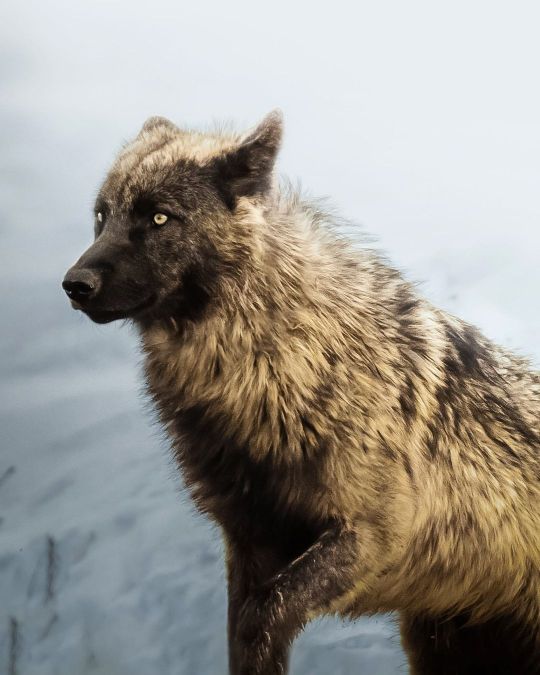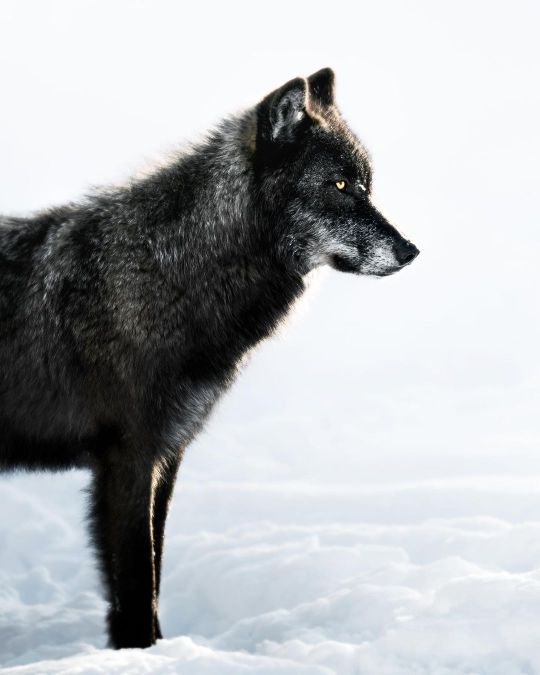Text
The Maned Wolf (Chrysocyon brachyurus) is the only living member of its genus, they’re also the tallest canid in South America | source
4K notes
·
View notes
Photo
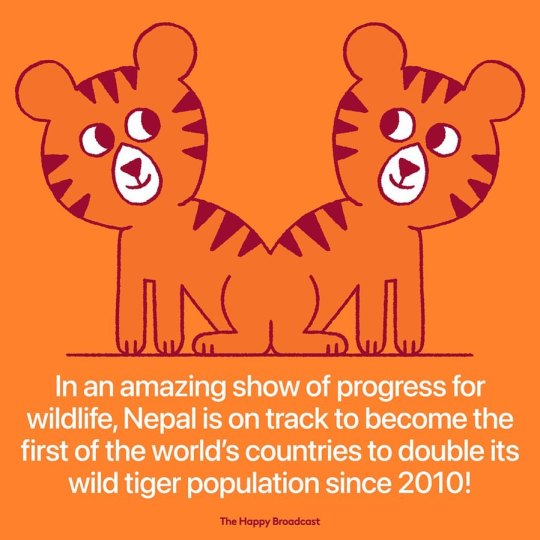
Nepal is the only one of 13 tiger range countries that’s on track to meet a 2022 pledge to double its wild tiger population from a 2010 baseline. It’s exciting and unprecedented news for this small Himalayan country, one of 13 tiger range countries that pledged to double the number of tigers in the wild by 2022—part of an initiative known as TX2.
“Nepal is a great example for other tiger range countries to step up and commit to the same level of political will and excellence,“ said Ginette Hemley, senior vice president of wildlife conservation at World Wildlife Fund. "While this is a huge story for tiger conservation, it also highlights the constant need to ensure the protection of key habitats and the value of a landscape approach for this species to recover and thrive.”
Key to the growing tiger population is the combination of a tough anti-poaching approach and close engagement with communities living near tiger habitats.
Those measures have had a knock-on effect in also boosting the populations of other iconic species, including rhinos and elephants, but have at the same time fueled human-wildlife conflicts.
Source: Mongabay (link in bio)
#conservation #tiger #wildlife
https://www.instagram.com/p/CYWf85pFJZB/?utm_medium=tumblr
85 notes
·
View notes
Photo
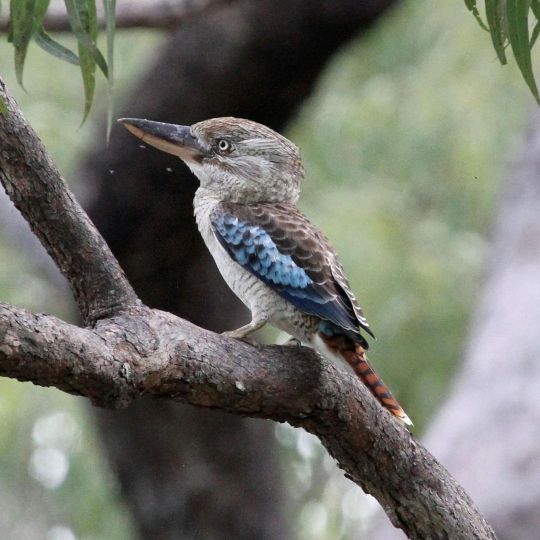
The Blue-winged Kookaburra (Dacelo leachii) has some big beak energy. It uses its distinctively large beak to snatch prey like snakes, spiders, and rodents in its home range of northern Australia and southern New Guinea. When on the hunt, it perches itself on a branch to scan the area. After it finds a prospect, it dives, plucks its prey off the ground, brings it back to its perch, and then knocks its meal against the surface to break bones and tenderize the meat before consuming it.
Photo: Greg Schechter, CC BY 2.0, flickr
#birdsofinstagram #birding #naturalhistory #birdlovers #amnh
https://www.instagram.com/p/CWzuNndMpjj/?utm_medium=tumblr
179 notes
·
View notes
Text
"Happy" pancreatitis and GI foreign body week to all the vets and vet techs in general or emergency pactices! Stay strong!
188 notes
·
View notes
Photo
We had a cat at the shelter named Marie Catoinette 😂
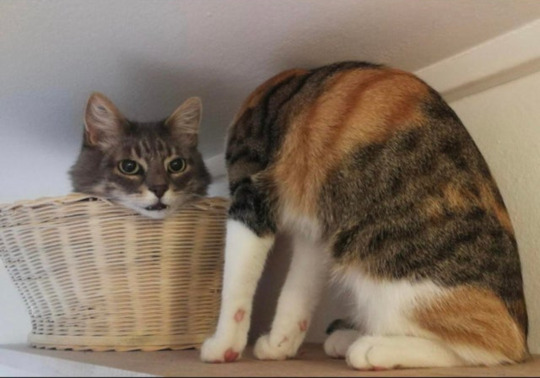
hmmm
165K notes
·
View notes
Text
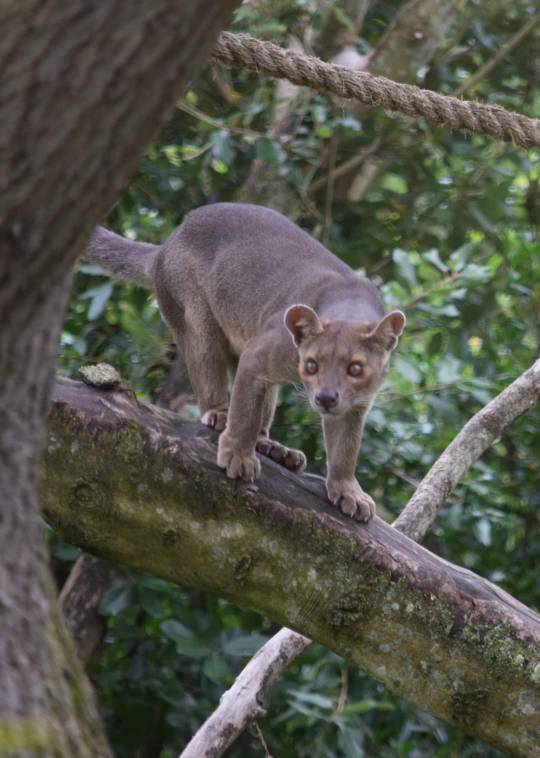
Fossa (Cryptoprocta ferox). A carnivorous mammal. Closely related to the mongoose and endemic to Madagascar. (My photo - at the zoo)
73 notes
·
View notes
Text
Animal of the Day!
Amur Leopards (Panthera pardus orientalis)

(Photo from World Wildlife Fund)
Conservation Status- Critically Endangered
Habitat- Asia
Size (Weight/Length)- 49.8 kg; 137.1 cm
Diet- Large mammals
Cool Facts- The rarest big cat in the world, the amur leopard is a sight to behold. With about 90 individuals left in the wild, the amur leopard is considered the rarest feline in the world. During the winter months, their fur color will lighten significantly to allow for better camouflage in the snow. Once the summer months come around, their fur will regain its brilliant gold-red color. Females have litters of two or three cubs that stay with their mother for about two years before heading on their own ways. The main threats for amur leopards are illegal poaching. Their fur is highly valued and is traded throughout black-markets.
Rating- 12/10 (Fluffy boy needs some assistance.)
85 notes
·
View notes
Text
When to click away from an animal video
–Any wild animal in a house/being treated like a pet. Yes, even if they say they “rescued” it. No legitimate rehabber would EVER treat a wild animal like a pet. Repeat after me: it does not matter if the animal is not suitable for release; they still shouldn’t be kept as a pet.
–Free contact with big cats. Even if it’s a “sanctuary”.
–People interacting with wildlife. Feeding, petting, playing with, etc.
–Free handling venomous snakes.
–Predator and prey interacting. Cats and birds, dogs and birds, literally anything else with birds. Cats or dogs with rodents, etc.
–Any video that claims a wild animal is domesticated. Wild animals are NOT domesticated, but they can be tamed. These are two very different things and anyone who doesn’t understand the difference shouldn’t be owning one of those animals.
–Any video claiming that (insert wild/exotic species here) is “just like owning a dog/cat!” i.e. the video that went around saying foxes are “the best characteristics of cats and dogs”.
–Facilities that breed hybrids or morphs (i.e. ligers, white tigers, coywolves, etc)
–Any video by the Dodo
–Obese animals being portrayed as “cute and chonky”.
–Click bait titles about dangerous/exotic animals i.e. “bitten by my king cobra!”, “my pet fox did what?!?”, “letting my pet alligator pick out a toy!”. You get the idea. Anyone using wild animals to get views/publicity does not have their best interests at heart.
–Any “dog trainers” promoting dominance theory (this shit has been disproven so many times and is not even accurate for wolves…)
–Owl cafes, otter cafes, or any kind of wild animal cafe.
Seriously, don’t give these people views. I understand that it can be hard to distinguish good and bad animal videos, but try and be critical of what you’re consuming. Giving these people views gets them sponsorships and money. Plus, more views = increased circulation of the video. This is honestly especially important on TikTok because there are so many younger people on that app. Look at the comment section on any pet wildlife video and it’s “omg I want one!”, “where can I get one?” over and over. And yes, this does matter. It has been proven that the media we consume does influence people to get these as pets. It is currently baby animal season in the US and my clinic is inundated with people who “rescued” baby wildlife (aka nest-napped) and now want to keep them as a pet. Mostly raccoons but also squirrels, opossums, ducklings, wild birds, and pretty much everything you can imagine.
27K notes
·
View notes
Text
Current Mood: Crying While Watching Blue’s Clues Pride Song
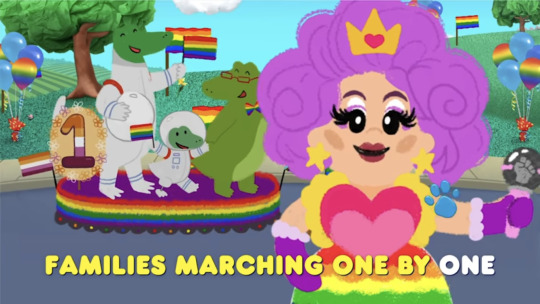
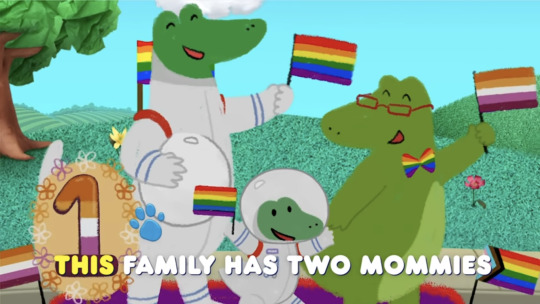


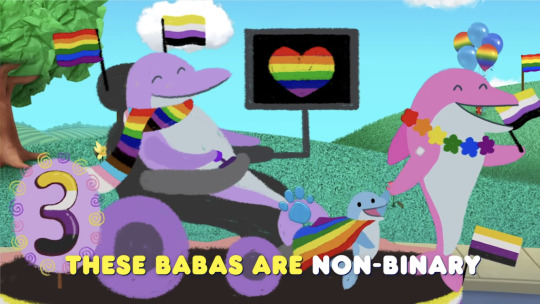



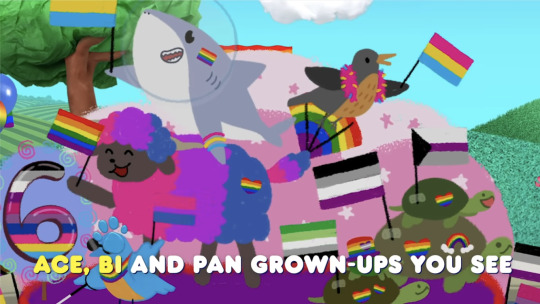
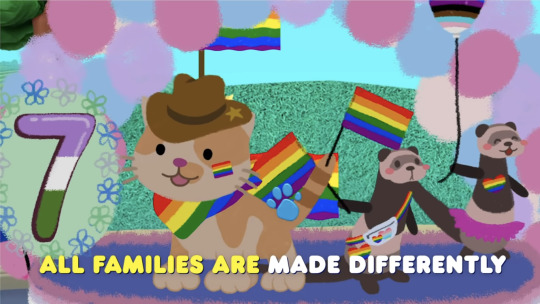
172K notes
·
View notes
Photo



This is how real change is made, through direct action.
49K notes
·
View notes
Text
@talesfromtreatment thought you could use some happy kittens on your feed
1K notes
·
View notes
